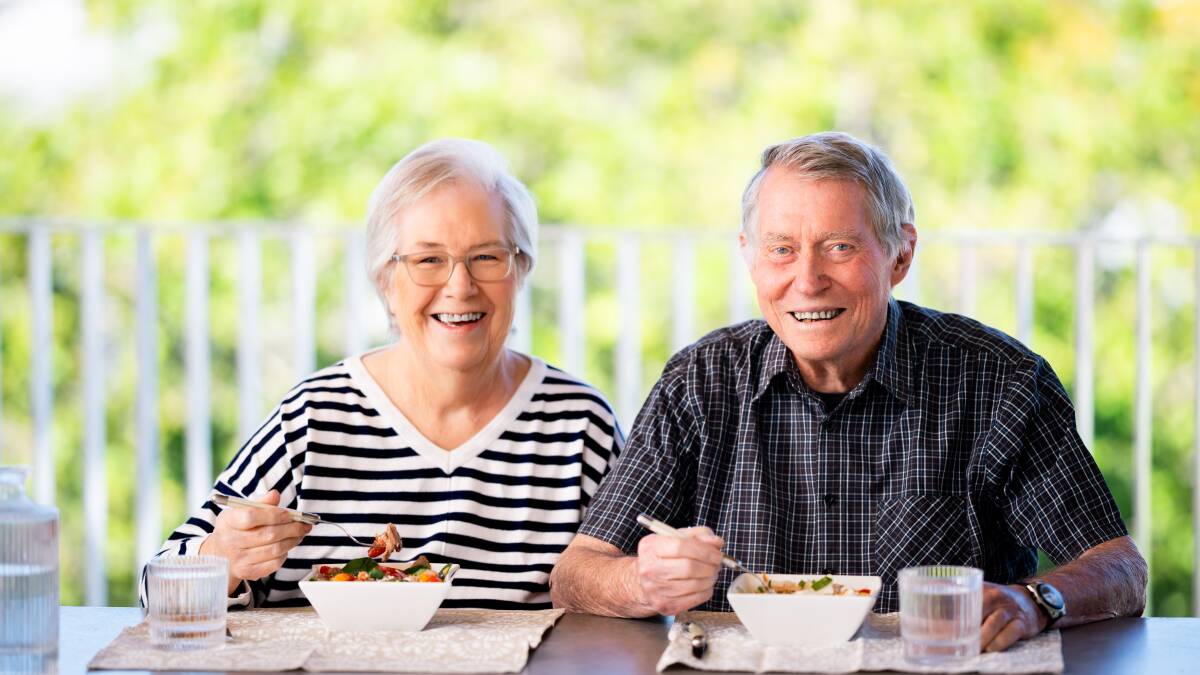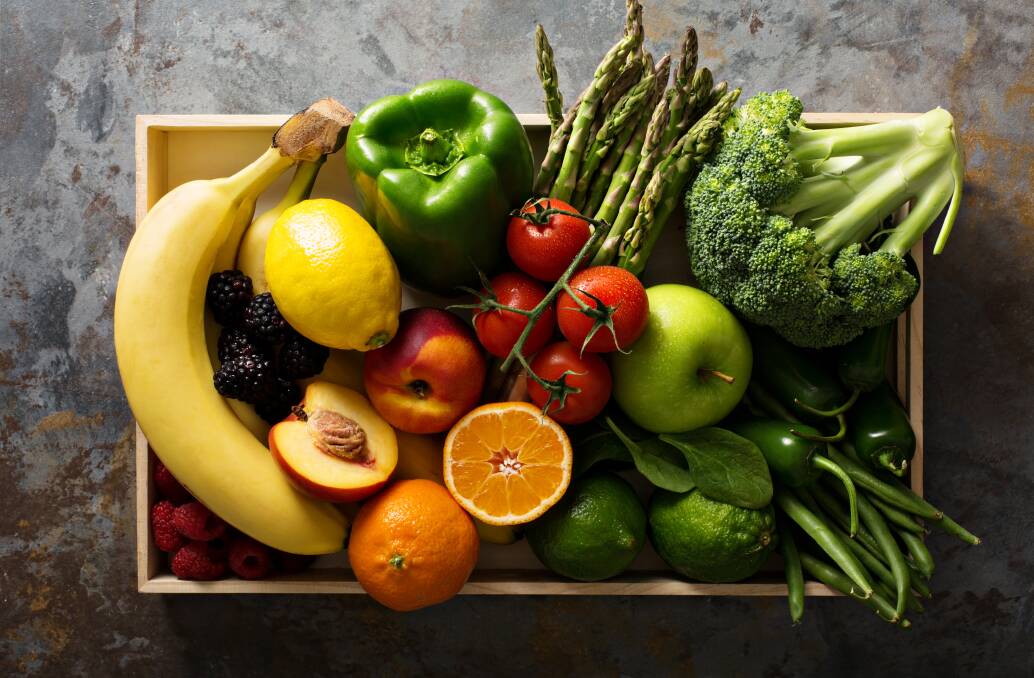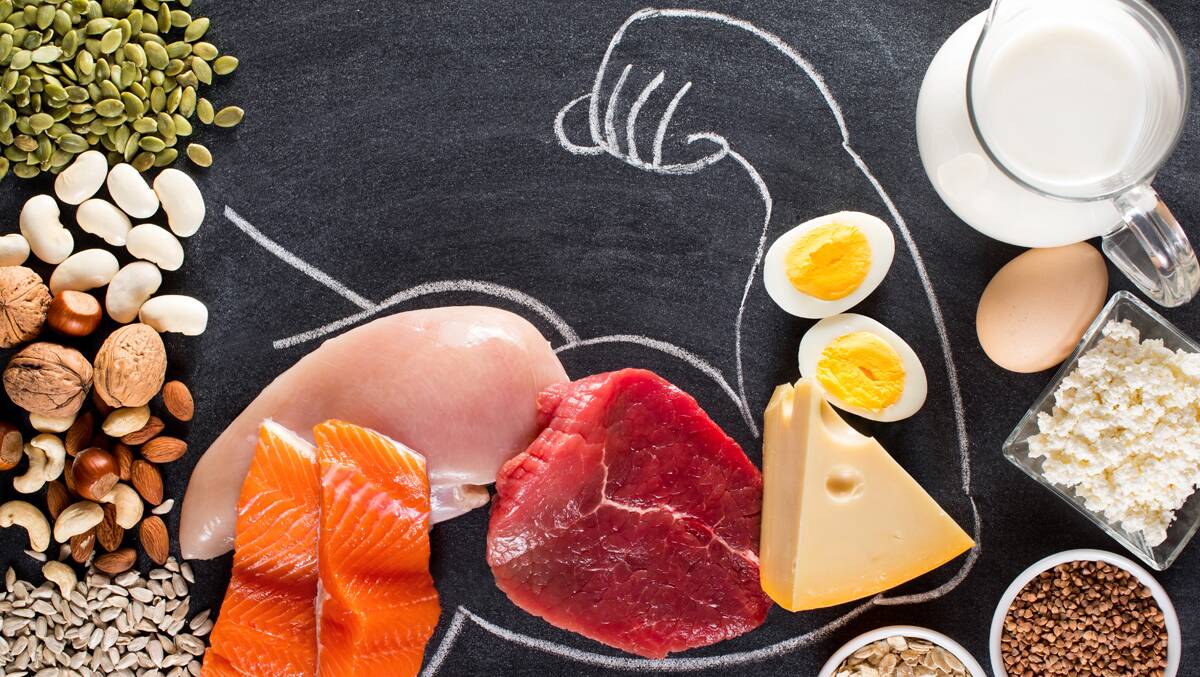Who is most at risk of malnutrition in Australia?

Sponsored content
Malnutrition in Australia often arises from barriers to eating adequate food and nutrition. It can be experienced by young or old and can often be missed as someone might still 'look healthy'. It can be experienced by anyone who can't eat enough to support their body's nutrient needs.
While not the only group at risk of malnutrition, seniors are at a higher risk than others. This is because of the number of health challenges they face that can create barriers to good nutrition.
For example, a shared experience of many older people is a decrease in appetite that comes on with age. When a poorer appetite is combined with other age-related barriers to eating well, such as social isolation or depression, or difficulty shopping and preparing nutritious food, it can create a gradual downhill slide toward malnutrition.
Someone with malnutrition faces a higher risk of falls, hospitalisation, increased occurrences of short-term illness, and poorer recovery from illnesses. All of which can affect their long-term independence and ability to keep well.

"The best way to prevent malnutrition is first to look out for barriers to eating well and signs that it might already be happening," Lite n' Easy dietitian, Melissa Holloway said.
"Have you noticed your clothes or jewellery are more loose than usual? Are you struggling to finish meals more recently? Are you skipping meals or frequently having something small instead like toast, because the effort of cooking doesn't feel worth it? Have you been unwell recently and are still struggling with a poor appetite?"
Melissa said addressing barriers to eating well isn't always easy, but there are some ways to increase your food intake and improve your nutrition.

Get more bang-for-your-buck.
Eat more foods that are naturally higher in calories and protein. Add custard, yoghurt, or cream to desserts or fruit.
Add extra oil, butter, or cheese to meals, and spread your toast or sandwiches thickly with butter and other spreads.
Swap the vegemite sandwich for protein-filled ones like ham and cheese, chicken, salmon, or tuna. Avoid filling up on watery drinks such as tea or coffee.
Try eating smaller meals, but more often.
It can be tiring, even overwhelming, for some people to eat their way through a regular-sized meal.
Cut the serving size to suit your appetite. But make sure you have another small meal or a high-calorie/high-protein food within 2-3 hours afterward.
For example, a handful of nuts, cheese, and crackers. Or some toast with thick cream cheese or peanut butter, a yoghurt, or a milkshake. To achieve this, it might be best to start eating by the clock, rather than waiting until you are next hungry for a meal.
Find your favourites.
Delicious, familiar food can inspire a struggling appetite. But with the effort required to shop, prepare food, and clean up afterward it's often put aside for a piece of toast and a cup of tea.
Home-delivered, nutritious meals are a convenient option. They can be a lifesaver for anybody on their own or those who struggle to cook.
If you're struggling with not being able to taste meals, try adding your favourite chutneys or sauces, some citrus, or extra herbs, spices, and seasoning to boost the flavour of meals.
Want to learn more about how you can eat well to age well?
Visit liteneasy.com.au/my-choice or call 13 15 12.


